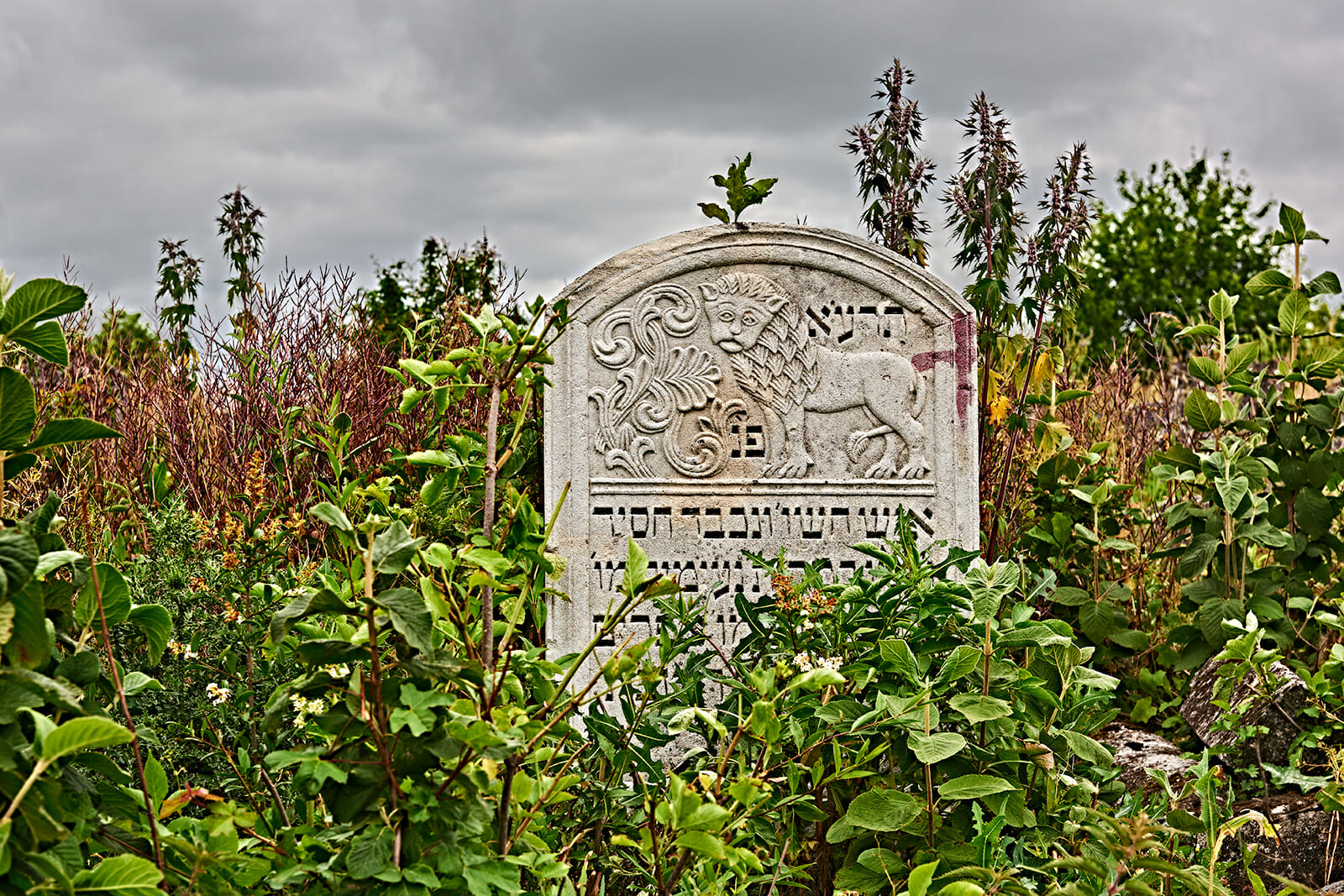by DAVID KAUFMAN
August 2023
The ongoing war in Ukraine, instigated by Russia and now deep into its second year, has focused much of the world’s attention on the Eastern European nation that broke away from the former Soviet Union and declared its independence in December 1991. Ukraine has a rich and complicated Jewish heritage, remnants of a large community that was destroyed during the Holocaust. Relations between Jews and Ukrainians in modern times have often been fraught and many Jews in North America with Ukrainian heritage have little affection for their ancestral home. My own father left the village of his birth in central Ukraine in 1923, about twelve years after several families in the town were killed by pogromists, and never looked back. In recent decades, following the direction of Poland, leaders of Ukrainian civil society and academics have made major strides to clarify and improve relations with Jews, both those remaining inside Ukraine and around the world. The relationship between Jews and Ukrainians is still far from fully repaired, as is partly evidenced by the calculated position of Israel in providing material, wartime aid to Ukraine, perhaps the only other country in the world with an elected Jewish president.
Western Ukraine, mostly out of the line of fire during the current conflict, was historically part of Poland, except for parts of the south placed under Romanian control after the First World War. In June 2016, I travelled to the region to explore the cities of Lviv and Chernivtsi and their surroundings, drawn to the area by its abundant Jewish material culture. Before the Second World War, the territory of what is now western Ukraine had a Jewish population of several hundred thousand. The massive destruction of the war followed by confiscation and neglect during the Soviet era left the many surviving Jewish historical sites in precarious condition. Only since the end of the Soviet era has a wider interest in Jewish material culture emerged in Ukraine, but it remains sporadic. Even prior to the Russian invasion, western Ukraine’s much-reduced Jewish population of a few thousand faced an overwhelming challenge in preserving community sites and historical artifacts, notwithstanding the significant aid of foreign donors and some support from scholars and local civic and cultural authorities.
Like my previous exhibitions in 2013 and 2017, my new collection of photographs depicts the physical remnants of Jewish life: synagogues, cemeteries, public spaces and architecture, some functioning, some repurposed, and some in ruins. In a large city like Lviv, which once was home to dozens of Jewish places of worship, there are empty lots in the centre of the city where major synagogues once stood. The city has only two surviving Jewish houses of worship, one fully renovated and operating, and one with significant damage serving as a cultural centre. In the city today there remain no historic Jewish cemeteries, which were destroyed partly by the German occupiers and partly by the Communists; the only existing burial ground for Jews was created out of necessity in the Soviet era and for decades it permitted no Jewish symbols on gravestones.
Chernivtsi, which between the wars was under Romanian rule and had a mayor who saved a significant portion of the city’s Jewish population, has preserved somewhat more of its Jewish heritage. The city has two functioning synagogues, and numerous buildings that once functioned as Jewish places of worship. The city’s Jewish cemetery, with 50,000 burial sites, is one of the largest Jewish burial grounds to have survived intact both the Nazi and the Soviet occupations. There are major architectural landmarks associated with the Jewish community and a street named after the Yiddish writer Shalom Aleichem. Outside of Chernivtsi and Lviv, there are many small towns and villages with some remains of Jewish life, but with few exceptions they are deteriorating or crumbling,
I have been asked by many people about the fate of sites depicted in my work during the current conflict. The truth is I do not know what has happened to these properties. I surmise that most, if not all, of these sites are unchanged as the areas in which they are located have been largely free of damage from the fighting. However, there are hundreds of Jewish sites throughout the rest of Ukraine, many of them in areas of conflict, which may not have escaped the general destruction. Their precariousness is a reminder of the importance of efforts to document the historical sites which still exist, no matter what shape they are in, and of which my photographs and similar work by a few other like-minded individuals are a small, but important, part.

Early Twentieth-century Gravestone in the Jewish Cemetery at Sataniv, 2016
